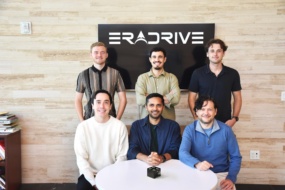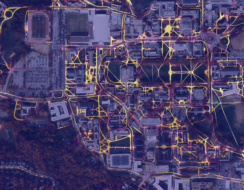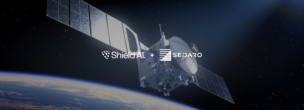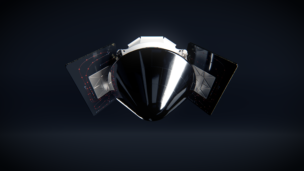This morning, rideshare provider Spaceflight Inc. announced its newest mission: “SXRS-6.” In January, Spaceflight’s new Sherpa vehicle will launch on the SpaceX Transporter-3 rideshare mission. The Sherpa will carry 13 customer payloads.
- After deploying from a SpaceX Falcon 9, the Sherpa will drop off nine customer SmallSats in sun-synchronous orbit. A month later, the vehicle will fire its thrusters, maneuver ~25km closer to Earth, and drop off four customer CubeSats. If all goes well, SXRS-6 will be the first time a Sherpa vehicle drops off customer payloads in two separate orbits.
- Another first: Sherpa-LTC1, SXRS-6’s new orbital transfer vehicle (OTV), will rely on a chemical propulsion system, enabling more thrust and faster maneuvers.
- As it graduates from piggyback rideshares to orbital transfers, Spaceflight has Spaceflight heritage to lean on. It’s helped deploy 385 satellites, weighing a collective 4,900kg, across a network of 10 rocket families.
Iterate and integrate: Sherpa-LTC1 is Spaceflight’s third new vehicle within the last year. “We’ve been [taking] incremental steps,” SXRS-6 Mission Director Ryan Olcott told Payload, adding avionics systems, propulsion, and other parts into successive Sherpa generations. The Seattle company’s new OTV is “a big step,” Olcott said…
…and “a stepping stone.” SXRS-6 will help Spaceflight prove out chemical propulsion and prepare for a lunar slingshot mission. The company’s north star = placing customer craft “anywhere” around Earth and the moon, per Olcott.
The business model: Spaceflight essentially fractionalizes a launch ticket, buying excess rocket capacity and serving as an aggregator for multiple customers. It’s “kind of like an engineering arbitration play,” Olcott said, with the value-add of managing rideshare logistics and providing last-mile, in-space delivery.
The wider market: As other companies work toward their own OTVs, more in-space transporters are (eventually) coming. While that could potentially crimp Spaceflight margins, competitive pressure “can be a healthy thing,” Olcott said, and an influx of newcomers is “validating for us.”




